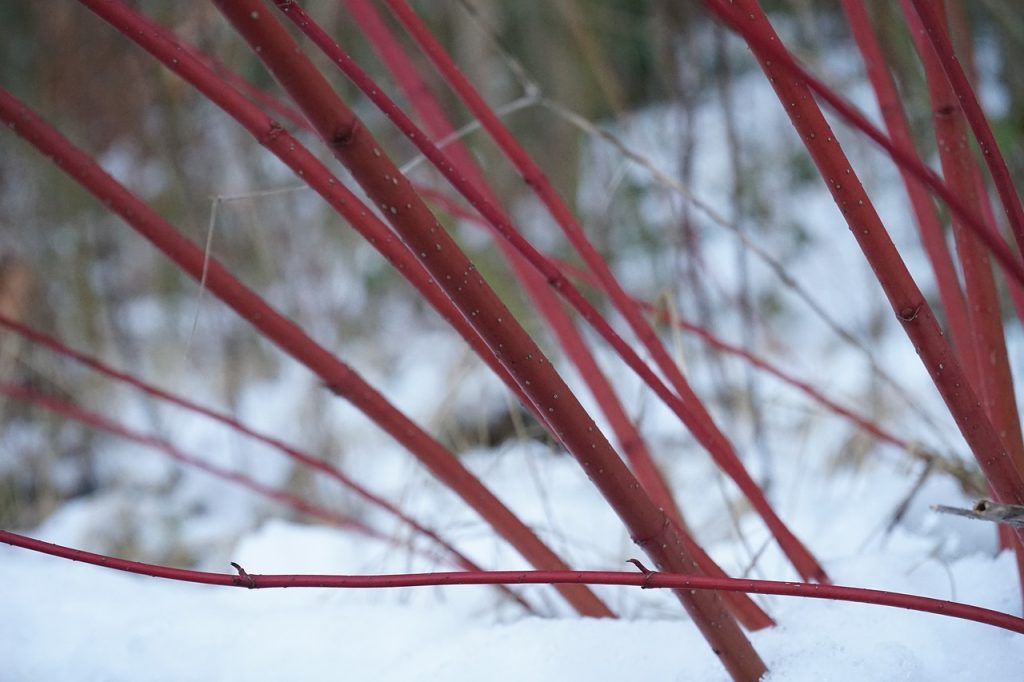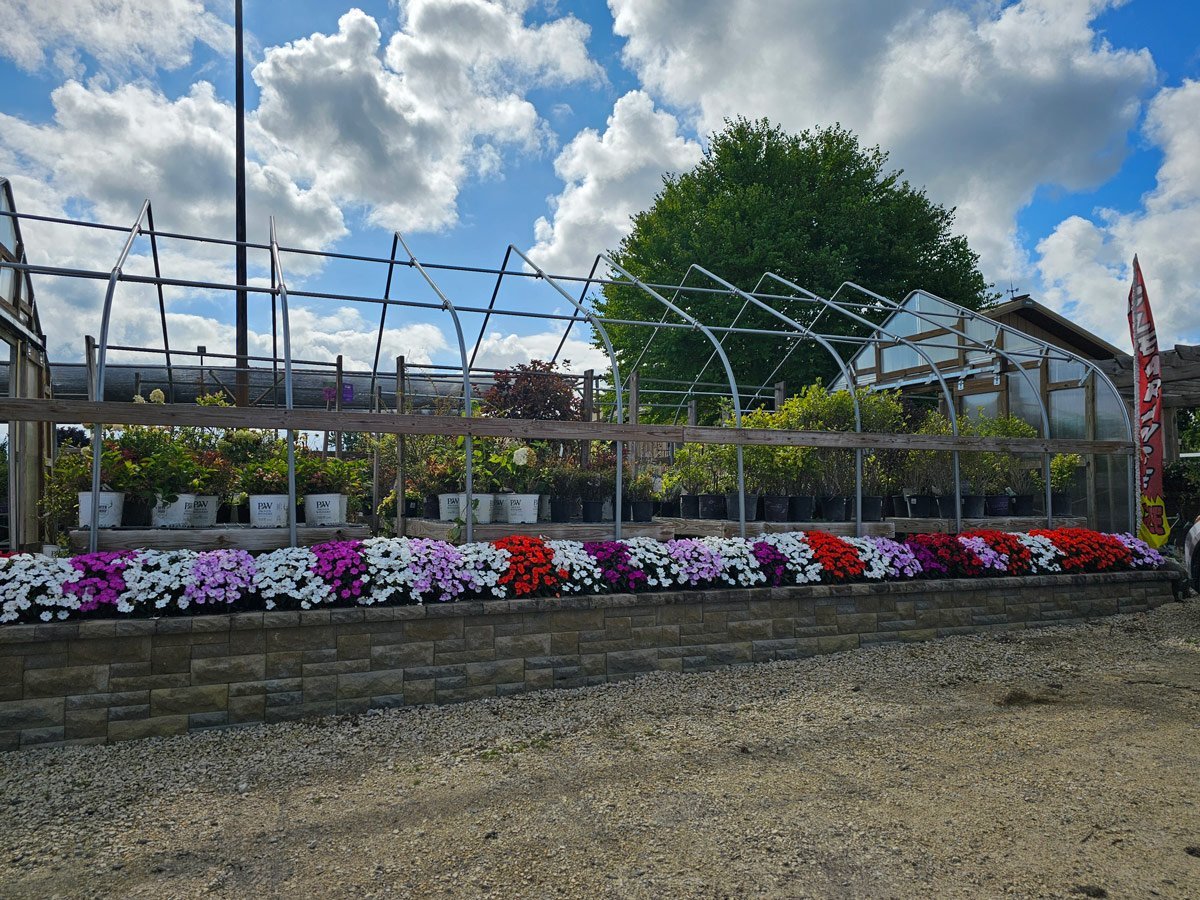September Garden Tips for Cedarburg, WI: Preparing Your Garden for Fall
As the vibrant colors of summer begin to fade, September marks a crucial transition period for your garden. In Cedarburg, WI, this is the perfect time to prepare your landscape for the cooler months ahead while ensuring it remains beautiful and productive. Whether you’re a seasoned gardener or just starting out, these essential tips will help you keep your garden in top shape this September.
1. Plan for Fall Planting
September is ideal for planting cool-season vegetables, perennials, and spring-flowering bulbs. The soil remains warm enough to encourage root growth, and the cooler air temperatures reduce stress on new plants. Here’s what to focus on:
- Cool-Season Vegetables: Start planting crops like kale, spinach, lettuce, and radishes in early to mid-September. These vegetables thrive in cooler weather and can even tolerate a light frost. For a continuous harvest, consider planting a succession of crops every couple of weeks.
- Perennials: Now is the time to plant perennials such as hostas, coneflowers, and daylilies. Planting them in September allows them to establish strong root systems before the ground freezes, ensuring they return strong in the spring.
- Spring-Flowering Bulbs: Prepare for next spring’s floral display by planting bulbs like tulips, daffodils, and crocuses. These bulbs require a period of cold dormancy, so planting them in September gives them plenty of time to settle before winter.
2. Lawn Care: Fertilize and Reseed
Your lawn needs attention as the seasons change. September is one of the best times to fertilize and reseed your lawn in Cedarburg, thanks to the cooler temperatures and increased rainfall.
- Fertilization: Apply a fall-specific fertilizer in early September. Fall fertilizers are formulated with higher potassium levels to strengthen roots and improve cold resistance. A healthy lawn in the fall will emerge greener and more vibrant in the spring.
- Reseeding: If your lawn has bare or thin patches, September is an ideal time to reseed. The warm soil encourages quick germination, and the cool air reduces stress on young grass. Choose a grass seed mix appropriate for Cedarburg’s climate, such as Kentucky bluegrass or fescue, and keep the soil moist until the new grass is established.
3. Harvest and Preserve Your Summer Crops
September is the time to enjoy the rewards of your summer gardening efforts. Many vegetables and herbs are at their peak, so be sure to harvest them regularly to encourage continued production.
- Tomatoes and Peppers: Harvest ripe tomatoes and peppers before the first frost. To enjoy them throughout the winter, consider canning, drying, or freezing them.
- Herbs: Gather herbs like basil, oregano, and thyme before the weather turns cold. Preserve their flavor by drying them using a dehydrator or air-drying, or by freezing them for use in winter recipes.
- Winter Squash and Pumpkins: As days grow shorter, check your winter squash and pumpkins for ripeness. Harvest them before the first hard frost and store them in a cool, dry place to enjoy throughout the winter.

4. Tend to Your Perennial Beds
Perennial beds require special care in September to ensure they remain healthy and vibrant in the coming year.
- Deadheading: Continue deadheading spent blooms on perennials to encourage more flowers and prevent plants from putting energy into seed production. This also keeps your garden looking tidy.
- Divide and Transplant: If your perennials have outgrown their space or are becoming crowded, September is a good time to divide and transplant them. This helps rejuvenate the plants and allows you to spread your favorite perennials to other areas of the garden.
- Mulch: Apply a layer of mulch around your perennials to help retain moisture and regulate soil temperature as the weather cools. Mulch also suppresses weeds and protects plant roots from freezing temperatures.
5. Prepare Trees and Shrubs for Winter
Trees and shrubs provide structure and beauty to your landscape, so it’s important to care for them as the seasons change.
- Watering: Continue to water your trees and shrubs deeply throughout September, especially if the weather is dry. Proper hydration helps them withstand the upcoming winter.
- Pruning: Avoid heavy pruning of trees and shrubs in September, as this can stimulate new growth that may not harden off before winter. However, remove any dead or diseased branches to keep your plants healthy.
- Protecting Young Trees: If you have young trees, consider wrapping the trunks with tree guards to protect them from sunscald and damage from animals like deer and rabbits during the winter.
6. Compost and Clean Up the Garden
As the growing season winds down, cleaning up your garden is essential to prevent pests and diseases from overwintering.
- Remove Spent Plants: Pull up and compost any spent vegetable plants, annuals, and weeds. This reduces the likelihood of pests and diseases carrying over into the next season.
- Composting: September is a great time to start or add to your compost pile. Layer garden waste like leaves, grass clippings, and spent plants with kitchen scraps to create nutrient-rich compost for next year’s garden.
- Tool Maintenance: After a season of hard work, your garden tools need some TLC. Clean, sharpen, and oil your tools before storing them for the winter. This will help extend their life and ensure they’re ready to go when spring arrives.
7. Enjoy the Fall Blooms
While much of your garden may be winding down, there are still plenty of plants that will bring vibrant color to your landscape in September.
- Chrysanthemums: Mums are a fall favorite and come in a variety of colors. Plant them in pots or directly in the ground to brighten up your garden as other plants begin to fade.
- Asters: Asters bloom in late summer and early fall, adding a splash of purple, pink, or white to your garden. They’re a great choice for attracting pollinators like bees and butterflies as they prepare for winter.
- Sedum: Sedum, particularly varieties like ‘Autumn Joy,’ offers beautiful pink to rust-colored blooms that last well into the fall. Their fleshy leaves add texture to the garden, and they’re incredibly low-maintenance.
8. Consider Cover Crops
If you have a vegetable garden, planting cover crops in September can greatly benefit your soil. Cover crops like clover, rye, or winter wheat help prevent soil erosion, suppress weeds, and add organic matter to the soil when tilled under in the spring, improving soil structure and fertility.
9. Get Ready for Frost
In Cedarburg, WI, the first frost can arrive as early as late September. Be prepared to protect your plants when frost is in the forecast.
- Frost Blankets: Have frost blankets or old sheets on hand to cover sensitive plants like tomatoes, peppers, and annual flowers.
- Bring Plants Indoors: If you have potted plants or herbs that you want to save, bring them indoors before the first frost. Be sure to check for pests before bringing them inside.

Happy gardening!
September in Cedarburg, WI, is a pivotal month for gardeners. By taking the time to prepare your garden now, you’ll ensure it remains healthy and beautiful through the fall and is ready to burst back to life in the spring. From planting and harvesting to lawn care and cleanup, these tips will help you make the most of your garden during this transitional season.
Happy gardening!

